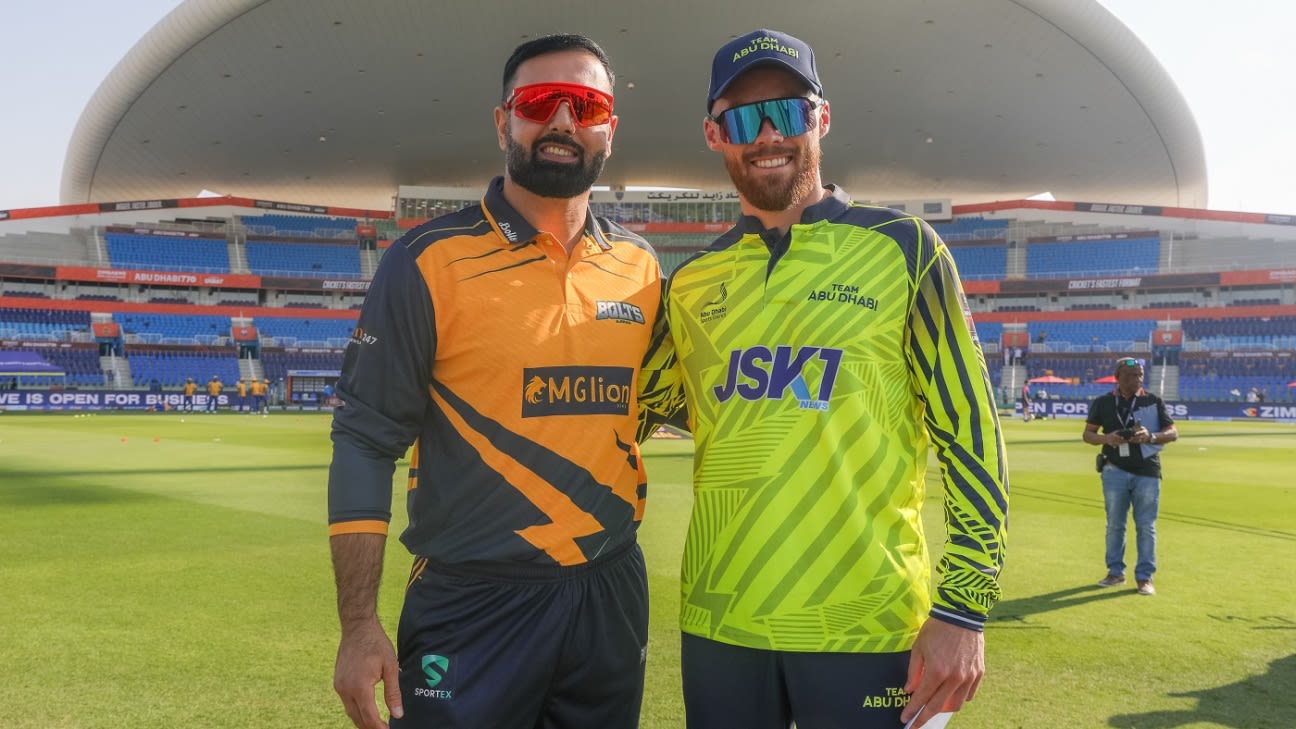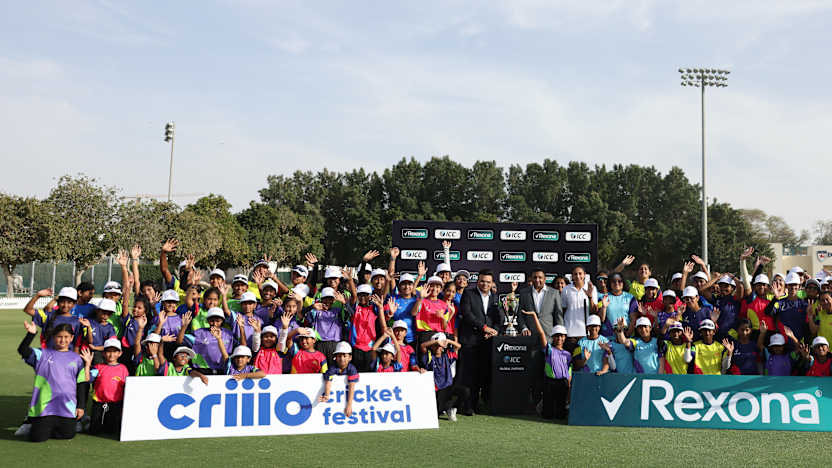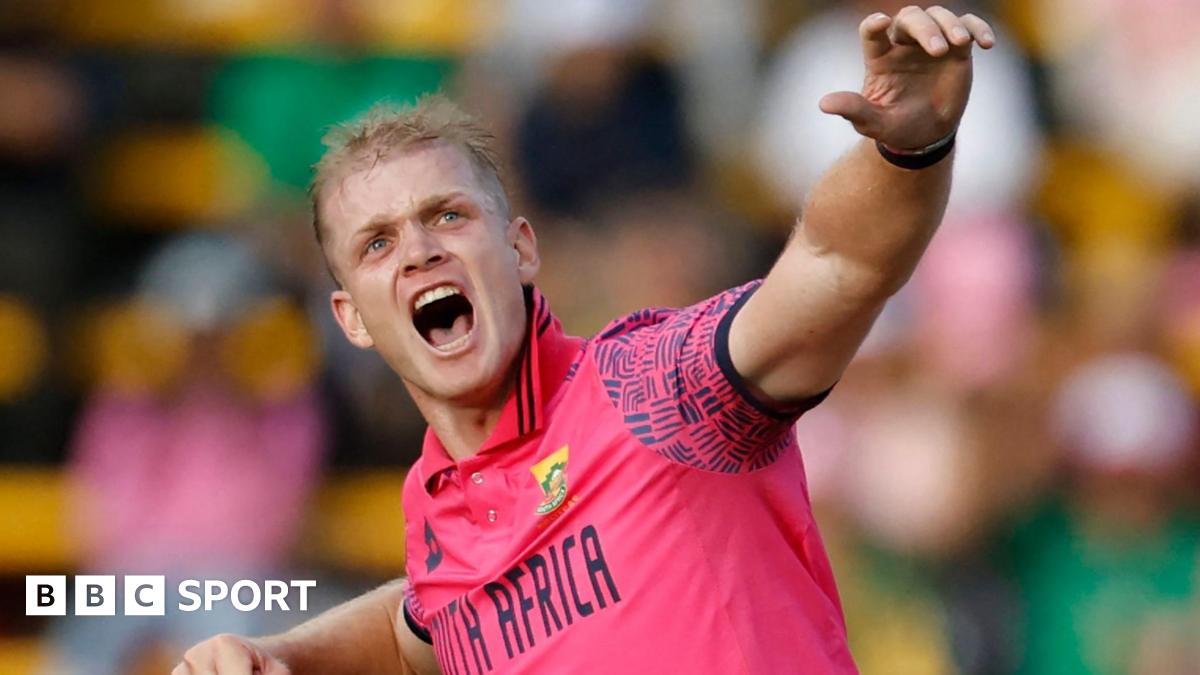Cricket needs a more equitable spread of international fixtures

The renewed debate on the format of the World Test Championship and the international cricket calendar has seen the ICC once again come under scrutiny and criticism. It must be clear to most observers that as presently constituted, cricket’s international federation falls short of what is expected from a global governing body.
Unlike FIFA and World Rugby, the ICC does not control the international cricket calendar. It has satisfied itself with carving out a slot for its annual events, which generate the revenue that keeps its members content and maintains the status quo. The bulk of its profit is distributed primarily to its 12 Full Members, with the balance going to Associate members and initiatives to grow the game globally.
To that extent the ICC is but a member representative body with a notionally independent chair and one other independent member in a total of 17 directors (12 representing Full Members and three the Associates). The independent-director position is currently vacant. The ICC primarily serves the interests of its Full Members, albeit to varying degrees.
The ICC needs a smaller, more manageable, professional board to steer the game’s strategic development. But that requires the incumbents to relinquish the paternalistic hold they currently exert. It’s a big ask but a necessary one. This will require the Big Three boards, India, England and Australia, to give up their privileged status in world cricket and their dominance of the playing calendar, which often conflicts with the interests of other countries and the game as a whole – particularly Test cricket. Reform in this area might be akin to the elusive reform of the United Nations Security Council where you ask the five permanent members to relinquish their veto powers.
Cricket South Africa moved to a majority independent board of directors three years ago, and while their board is still too big (15 directors), it has stabilised and enhanced the governance of the game. The change has enabled an independent and professional perspective, rather than parochial interests, to drive the cricket agenda. Other national cricket federations have taken similar steps in recent years, all with similarly positive outcomes. The precedent has been set for the ICC itself.
Before determining the best format for the WTC, I believe the broader context of the game must be considered. These factors have largely been ignored in the public debate thus far, including reform of the ICC itself.
The ICC needs a smaller, more manageable, professional board to steer the game’s strategic development. But that requires the incumbents to relinquish the paternalistic hold they currently exert
The second important consideration is the global cricket calendar. Cricket is the only major sport that seeks to accommodate three distinct formats. We are seeing a proliferation of domestic T20 leagues in Full Member countries and several Associate members. These leagues are attracting players with the lure of big paydays.
A full-fledged and burgeoning global T20 circuit is now in existence, making it possible for players to play in several leagues consecutively and earn more than they could playing international bilateral cricket. For example, recently there were four such competitions taking place simultaneously – the BBL, the SA20, the BPL and the ILT20. And it is likely that more privately owned T20, and even T10, leagues will emerge, further congesting the calendar.
The IPL takes a significant chunk out of the calendar, running for about nine weeks each year. There is no international bilateral cricket during this period. The annual ICC event for the men’s game adds at least another four weeks. That’s about 26% of the calendar accounted for. Other franchise leagues limit their host countries’ ability to play bilateral cricket for a further four weeks or so (although Australia and England continue to play internationals during the BBL and the Hundred).
The ICC has so far freely endorsed this burgeoning. While franchise leagues in Full Member countries do not require ICC approval, those in Associate nations do. The ICC has also been reluctant to impose any conditions on these leagues, such as a requirement that a certain minimum number of domestic players need to participate per team. The failure to do so undermines what ought to be among the aims of such leagues – to unearth and nurture young talent and provide an opportunity for local players to test themselves against the best. The success of the IPL and the Indian cricket team is testament to this approach.
This demonstrates that the international cricket calendar is a free-for-all, where, increasingly, private interests will determine the future of a “public good” – the global game of cricket.
The proliferation of these leagues, and their financial attractiveness to players (and their agents) may well result in a shift in players’ attitudes, taking them away from Test cricket, despite its aura of still being the pinnacle, the purest and truest format.
The risks of too much cricket are firstly spectator and sponsor fatigue, and secondly player burnout. While the advent of T20 cricket, and the IPL in particular, has undoubtedly rejuvenated interest in the game from newer (including younger and female) fans, an over-supply could equally speedily quell that demand.
The ICC has correctly identified the T20 format as the one to use to grow the game in emerging markets, and among girls and women. It is an accessible format that could help turn cricket into a truly global game. Yet that format must not be allowed to suffocate the long form in the more established countries. Here a healthy, mutually beneficial balance needs to be found, to grow the game among participants and spectators, and to strengthen the first-class structures that feed the Test structure.
It is perhaps an anomaly of the ICC’s own making that despite having 12 Test-playing Full Members, it only saw fit to include nine of them in the WTC. Is that a tacit acknowledgement that the three excluded teams’ domestic first-class structures and levels of performance are not sufficiently competitive and robust for the demands of Test cricket? Should they be given incentives and encouraged to play Test cricket, or should their aspirations be limited to white-ball formats? If the former, what must the members, and the ICC, do to get there?
What is required is a more equitable spread of international fixtures, where the incestuous relationship between the Big Three is broken. Whether a new dispensation for Test cricket maintains the current nine teams or a two-tier structure, all teams should play a similar number of games. A start has been made with the ICC reportedly deciding that from 2027 a WTC series must comprise a minimum of three Test matches. For this to happen something must give. The current calendar cannot simply absorb more Test cricket.
Which brings us to the ODI format. The 50-over World Cup, held every four years, remains the ICC’s biggest money-spinner, so this format cannot be easily sacrificed. But there is an argument to be made for a reduction in the number of ODIs outside the World Cup and its preparatory phase. Together with limiting bilateral T20 series to three games each, this could free up space for more Test cricket. The sine qua non is that the ICC must take ownership of the global cricket calendar. This may include marking dedicated windows for bilateral cricket as well as slots for franchise leagues in the northern and southern hemispheres.
Part of the ICC’s responsibility will be to ensure a more equitable distribution of ICC surplus revenues – this may include establishing a Test match fund to enable needy countries to fulfil their bilateral fixtures.
Defending Test cricket is not about preserving the oldest form of the game for the sake of it, or out of some misplaced nostalgia for a bygone age. Test cricket is resilient, as it has proved many times over 148 years. The question is more about how everyone, in every cricket-playing country, can continue to enjoy and benefit from it, as well as from the newer form of the game.
This is why a smart and sensible balance must – and can – be found. This is cricket’s Rubik’s cube. Solving it will require strategic foresight and very deliberate governance, as well as some courageous leadership from those at the helm of the game, and not the laissez faire free-for-all that currently threatens to sow great harm.
The solution is not straightforward. In making these suggestions I hope to stimulate further debate so that a considered and carefully calibrated model can be devised to ensure the sustainability of the game, and in particular, its apex format.
Lawson Naidoo is a former chair of CSA and a former director of the ICC
Related
‘Listen from one ear, ignore from the other’: Former India…
India's Rohit Sharma and Mohammed Shami (AP Photo) NEW DELHI: Former wicketkeeper-batter Syed Kirmani has expressed his opinion that experienced fast bowler Mo
India faces New Zealand in budding rivalry at Champions Trophy…
State AlabamaAlaskaArizonaArkansasCa
ICC and Unilever announce landmark partnership on International Women’s Day…
The two-year partnership, kicking off at this year’s Women’s Cricket World Cup in India and running until the end of 2027, marks the world cricket governing
IPL 2025: Mumbai Indians sign Corbin Bosch as replacement for…
Mumbai Indians have signed South Africa all-rounder Corbin Bosch as a replacement for his injured countryman Lizaad Williams for this year's Indian Premier Leag











